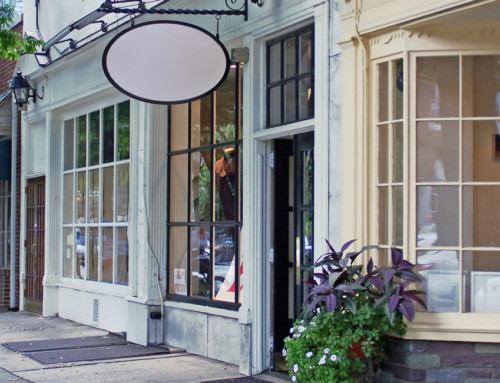In terms of life insurance policies there are four main ownership options:
- Personal Ownership – Under this ownership you own your own policy. Therefore, on your death it is then paid through to the executors of your estate for handling through the estate process. If you don’t have a will, then this can create major issues for the insurance pay-out reaching the people you intended it to reach.
- Joint Ownership with Partner – If your life insurance policy is owned jointly (with your spouse for example) then on your death your partner will receive the pay-out as the surviving owner. If your intention was that the insurance pay-out would be directed to your will for the benefit of people other than your spouse, then this ownership option is not suitable.
- Criss-Cross Ownership between Partners – Where you own your partner’s life insurance policy and they own yours, this structure can help for a quicker access to funds for your partner and can avoid disputes over funds if your will/estate was to be contested. However, as with the joint ownership option, if you intended the pay-out to go to other beneficiaries under your will, this ownership option will not be suitable.
- Trust Ownership – Often the most sensible ownership option for life insurance policies is to have them owned by the trustees of your trust. By doing this you are allowing the insurance pay-out to be immediately be protected within your trust without the need for any gifting process, and the pay-out can be distributed amongst the beneficiaries of your trust who were intended to receive the benefit. Hand-in-hand with a carefully worded Memorandum of Wishes for your trust, Trust Ownership of your life insurance can be an excellent estate planning tool.
- Bare Trustee Ownership – This is an ownership option which is often very useful for clients with business buy-sell agreements. It is a mechanism whereby a person is nominated to be the owner of the insurance policy on the specific requirement that they must follow the details in the buy-sell agreement on receiving the pay-out. This mechanism allows for a third person, with no emotive ties to the business or the parties involved, to manage the pay-out distribution so that insurance amounts end up in the correct place, and shareholdings change hands to the correct people simultaneously with that.




Leave A Comment